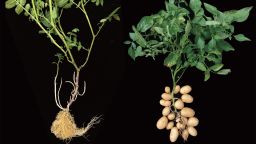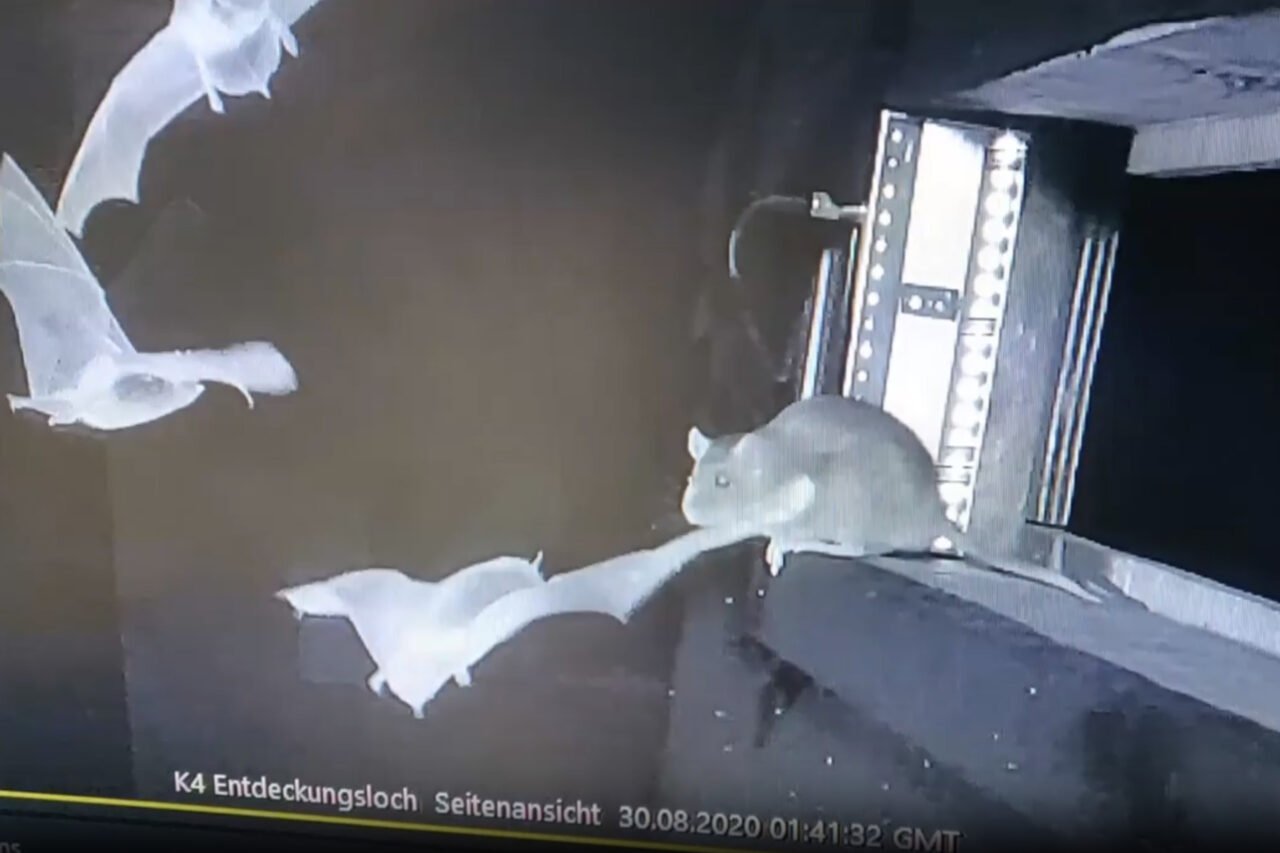In a groundbreaking discovery, researchers have observed a wild tomato species in the **Galápagos Islands** that appears to have undergone a form of reverse evolution. The plant, known scientifically as **Solanum pennellii**, exhibits traits reminiscent of its ancient ancestors, raising questions about the traditional understanding of evolutionary processes. This intriguing finding was reported in **June 2024** in the journal **Nature Communications**.
The research team, led by molecular biochemist **Adam Jozwiak** from the **University of California, Riverside**, initially studied alkaloids—natural compounds that can serve as pesticides. As they examined tomatoes from various islands in the archipelago, they noticed that tomatoes from the younger western islands produced alkaloids not seen in modern tomatoes for millions of years. In contrast, samples from the older eastern islands had a more contemporary defense system.
Jozwiak explained, “We think that maybe environmental conditions put the pressure on these tomatoes to revert back to original or to ancestral state.” This suggests that, rather than moving exclusively forward in their evolutionary journey, plants like **Solanum pennellii** can adapt in unexpected ways.
Insights into Ancestral Traits
Upon closer inspection, researchers discovered that the western tomatoes had a **molecular fingerprint** resembling that of an eggplant, a close relative within the nightshade family. While modern tomatoes have lost the ability to produce certain eggplant alkaloids, the wild tomatoes in the Galápagos seem to have re-evolved the ancestral gene responsible for these compounds. This shift not only provides insight into plant evolution but may also have practical implications for agriculture, potentially leading to improved crops and more effective pesticides.
The origins of **Solanum pennellii** trace back to South America, where it likely arrived in the Galápagos roughly **1 to 2 million years ago** via birds that carried its seeds. As volcanic activity shaped the islands, the tomatoes adapted to their respective environments. The eastern islands, characterized by stable, biodiverse ecosystems, contrasted sharply with the barren landscapes of the younger islands, where the tomatoes have adapted to survive in harsher conditions.
Jozwiak hypothesizes that the ancient genetic traits may enhance the plants’ ability to absorb nutrients or defend against diseases. The reversion to ancestral traits resulted from a simple change in the makeup of amino acids, a finding confirmed by experiments involving genetically modified tobacco plants.
Revisiting Evolutionary Concepts
The notion of reverse evolution is contentious within the scientific community. **Anurag Agrawal**, an evolutionary ecologist at **Cornell University**, remarked that “most evolutionary biologists would reject evolution as a forward process.” He cited examples such as the loss of flight in birds like penguins and the return of mammals to aquatic environments as evidence of the non-linear nature of evolution.
This research challenges the widely accepted **Dollo’s Law**, which posits that once a trait is lost, it cannot be regained in the same form. **Eric Haag**, a biology professor at the **University of Maryland**, noted that the findings “represent somewhat of a challenge to Dollo’s Law” because the amino acid changes in the Galápagos tomatoes closely resemble those of much more distant ancestors.
While the wild-growing tomatoes currently pose no risk to human health as they are not cultivated for consumption, Jozwiak emphasizes the importance of studying these compounds. Understanding how these tomatoes have reverted to ancient genes could unlock new agricultural strategies and insights into the flexibility of evolution itself.
As researchers aim to delve deeper into these findings, they hope to explore other traits influenced by the ancestral molecules, such as the plants’ interactions with insects and their decomposition rates. The study of **Solanum pennellii** not only sheds light on the adaptability of plants but also opens new avenues for understanding the complexities of evolution across various species, including humans.
The implications of this research are profound. If evolution can indeed move in reverse or at least revisit ancestral traits, it could reshape our understanding of biological development. As **Jozwiak** noted, “It would be nice to show that the traits that species had in the past were perfect for that situation in the past, and if these conditions change now, we can go back to that trait that we had, or other species had.”
The enduring legacy of the Galápagos Islands, a key site for **Charles Darwin’s** groundbreaking work on evolution, continues to inspire scientific inquiry and challenge established theories in the field of evolutionary biology.







